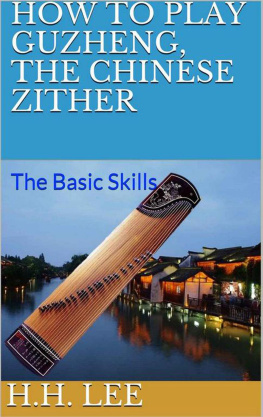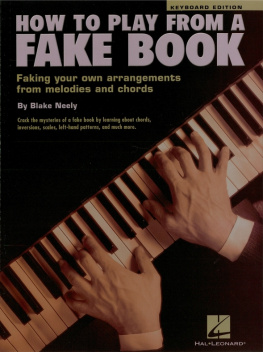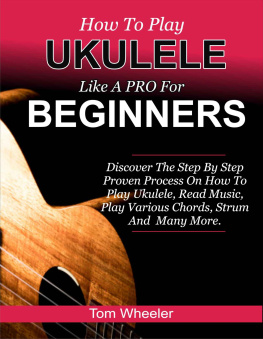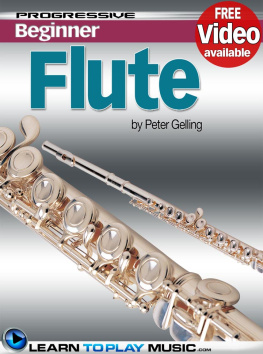How to Play Guzheng, the Chinese Zither
the Basic Skills
By H.H. Lee
How to Play Guzheng, the Chinese Zither - the Basic Skills, Edition 1.1
Copyright 2018 by H.H. Lee
All rights reserved. No part of this publication may be reproduced, distributed, or transmitted in any form or by any means, including photocopying, recording, or other electronic or mechanical methods, without the prior written permission of the publisher, except in the case of brief quotations embodied in critical reviews and certain other noncommercial uses permitted by copyright law.
Table of Contents
G uzheng, or simply Zheng, is a Chinese plucked string instrument with a history of more than 2 500 years. Guzheng literally means ancient zheng, in which the word zheng either is onomatopoeia or derives from a tale of two brothers who fought for it [1] . Legend has it that guzheng was used as a weapon in the Warring States Period of ancient China, but later developed into a musical instrument after strings were attached to it. Known as the Chinese zither in the West, guzheng belongs to the plucking family [2] in the modern Chinese orchestra [3] .

Guzheng
G uzheng might have a common origin with Zhu , another plucked string instrument in one of the seven warrior states, the State of Chu, because their bodies shared the same design and just differed in the number of strings (guzheng had five strings while zhu had 13 strings). There was also another instrument called Se at that time, similar to them but with 25 strings and larger in size. As time passed, wood replaced bamboo as the material for making the guzheng, whereas the number of strings increased to 13 in the Tang Dynasty and further to 21 in the modern times.

Zhu

Se
T he elegance of sound , wide range of notes and variety of playing skills all help to render the guzheng as a favorite of the Chinese people and an emblematic element of the Chinese culture.
In the following, I will show you how to play the guzheng. Even if you are an amateur of Chinese music, you can still play some simple songs with enough efforts. Remember, practice makes perfect! But the first thing to do, doubtlessly, is to choose a guzheng.
The Structure of the Guzheng
I will illustrate the guzheng structure with a 21-stringed guzheng as shown below:


T he dimensions of a 21-stringed guzheng are normally 163 cm in length, 35 cm (head)/ 30 cm (tail) in width, and 8 cm in thickness. Unless otherwise stated, most parts of a guzheng are made of wood. Their respective functions are shown as follows:
Front panel: The front panel forms the main part of the resonance body, to which most of the smaller parts are affixed.
Head: Carved with some patterns for the purpose of decoration, the head holds the tuning box and connects to the front Yueshan.
Tuning box: The tuning box contains delicate components inside with a cover for protection.
String hole: The string holes are beneath the right side of the front Yuenshan and the left side of the rear Yueshan, through which the strings pass.
Tuning peg: The tuning pegs are adjacently arranged inside the tuning box for varying the tension on the strings to adjust their pitches (the higher the tension, the higher the pitch).
Tuning key: The tuning key is used to twist the tuning pegs.
Front Yueshan: The front Yueshan is a piece of wood that hangs the strings over the front panel. A buffer is installed thereon to alleviate the pressure exerted by the strings.
String: The 21 strings of a guzheng are made of stainless steel wrapped with nylon, though other materials like silk, rayon or pure steel can also be used. They are usually tuned from D5 (the 1st string, at the bottom) to D1 (the 21st string, at the top) on the Chinese pentatonic scale in the repeated order of D, B, A, F and E.
Goose pillar (nut): The goose pillars serve as the medium for transmitting the vibrations of the strings to the front panel, and as a tool for adjusting the pitch of an individual string as well.
Rear Yueshan: The rear Yueshan, also with a buffer to divert the pressure from the strings, plays a similar role to its counterpart, the front Yueshan.
Tail: Like the head, the tail is carved with some patterns for the purpose of decoration.
Side panel: The side panels help to form the resonance body.
Back panel: The back panel resonates with the front panel and vibrates the air inside the resonance body.
Dragon pool: Also called the front sound emitting hole, the dragon pool is one of the three holes through which sounds are emitted. It provides a fulcrum for hanging the guzheng on the wall.
Phoenix pond: Also called the middle sound emitting hole, the phoenix pond is one of the three holes through which sounds are emitted.
Phoenix eye: Also called the rear sound emitting hole, the phoenix eye is one of the three holes through which sounds are emitted. The strings have to pass through it during replacement.
Goose feet: The goose feet elevate the guzheng above the surface on which it lies such that sounds can be clearly emitted from the aforesaid three holes.
After understanding the guzheng structure, we now have enough knowledge to choose a guzheng for ourselves.
Next page


















